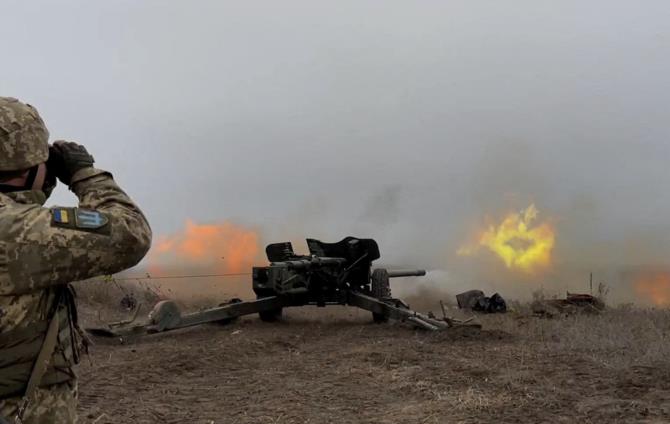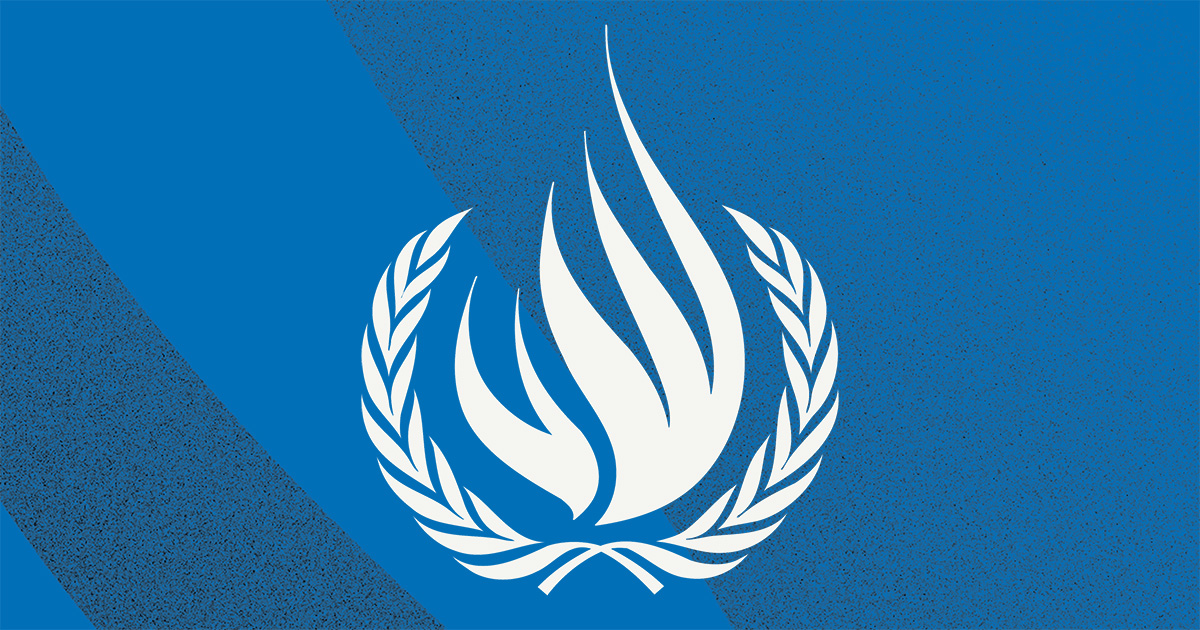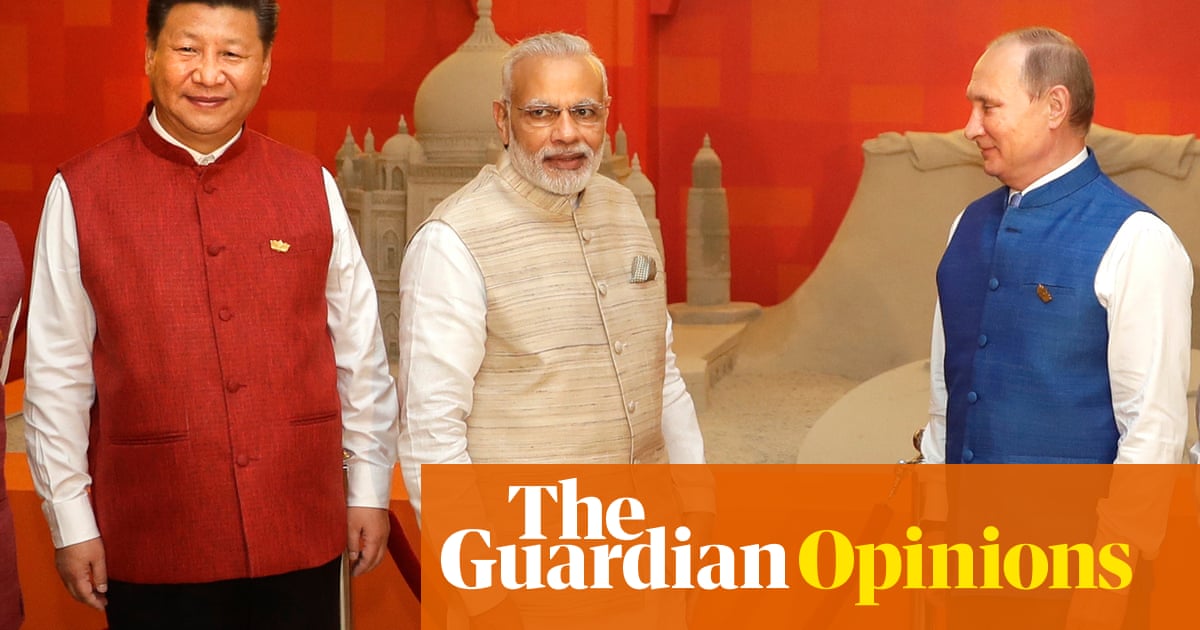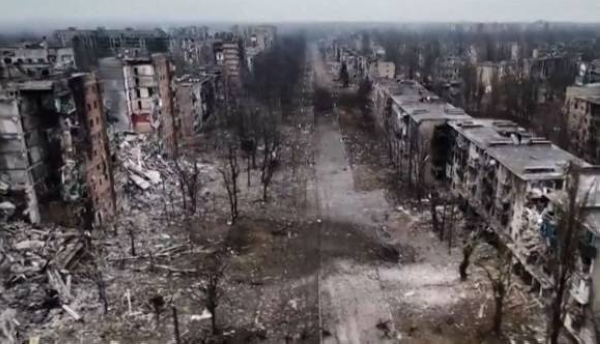
February 2024 is a landmark month in the Ukraine war, with the second anniversary of Russia’s invasion falling on Feb. 24. This month also includes the 60th staging of the Munich Security Conference, which is one of the world’s leading defense and international relations forums.
With the conflict in Ukraine soon to enter its third year, there are also growing tensions in the Middle East as a result of last October’s Hamas attack on Israel and the subsequent Israeli military operation in Gaza, along with the spread of militant groups in Lebanon, Syria, Iraq and Yemen that are striking Western targets.
These issues will be key focal points at the Munich Security Conference, which runs from Feb. 16-18. There is growing concern that the world may be significantly closer to a major tipping point and a new wider international war. For instance, NATO has announced plans to include 90,000 troops in its largest call-up since the Cold War ended 33 years ago. The exercise, called “Steadfast Defender,” will run until late May.
As tensions grow, one of the global thinkers who believe there could be a “major systemic breakdown” is Paul Stares at the Council on Foreign Relations. He argues it is plausible that a great power conflict could arise, with the world falling toward another explosion of violence between major powers. In his words, the globe “is confronting many simultaneous crises and it’s not hard to imagine how additional shocks could interact in ways that amplify their overall effects.”
This comes amid a wider context of warnings that the world may be sleepwalking toward another deadly conflict. Underlying this landscape is the growing stress in the global order that is being driven, in part, by a significant movement in power. Today, power is shifting most rapidly to key developing countries, especially in the Asia-Pacific — with China the primary beneficiary so far. This contrasts with the early 20th century, when Germany and the US were among the key rising nations.
And, just like a century ago, geopolitical tensions are mounting as so-called revisionist nations challenge key elements of the international order. This is partly driven by rising economic powers resurrecting nationalism and claims for resources.
This underlines that it may be Asia where most tensions and insecurity lie in terms of the potential for a great power war. This will be one of the undercurrents at the upcoming Munich Security Conference.
There is growing concern that the world may be significantly closer to a major tipping point and a new wider international war.
Andrew Hammond
Some Asian politicians and thinkers have drawn parallels between the geopolitical landscape in Asia today and that of Europe on the eve of war in 1914. Yet, while the risk of a major war in Asia, or elsewhere in the world, is growing and cannot be dismissed, there are some factors that constitute a significant change compared to the buildup to the two world wars. In the absence of a catastrophic miscalculation, this may make a major power war unlikely for the foreseeable future. This is not least because memories of those two wars linger powerfully, even today.
Another major difference between then and now is the presence of nuclear weapons, which — as during the Cold War — generally serve as a brake on great power conflict. It is noteworthy here that key emerging powers, including China and India, as well as established powers, such as the US, France and the UK, possess nuclear arsenals.
A further fundamental change is that there is now a much denser web of postwar international institutions, especially the UN, which continue to have significant resilience and legitimacy decades after their creation. While these bodies are imperfect and are in need of reform, the fact remains that they have generally enabled international security, especially with five of the key powers all on the UN Security Council.
Further still, the relative balance between the two leading powers today is different than a century ago. That is, the gap between the US and China is greater today than that between Germany and its primary European foes on the eve of the world wars.
Indeed, one of the biggest consequences of these wars was the so-called American century, in which the US emerged as the world’s most powerful nation. To be sure, the country has since undergone relative decline and China is now the largest economy in the world based on purchasing power parity data. However, Washington remains significantly ahead of Beijing on most measures of national strength. This includes military might, in which it is likely to enjoy an overall advantage for years to come.
Indeed, unlike some key adversaries of Germany in the first half of the 20th century, such as the UK, there are indications that US power will remain resilient for decades to come. The nation’s strengths have been buoyed recently by factors such as the country’s energy revolution, which could have far-reaching geopolitical consequences.
Taken together, the prospect of a major power war in the foreseeable future is growing but is probably not imminent. Nuclear weapons and international institutions generally act as a restraining force against major conflict and they did not exist before the two world wars. Moreover, the world’s relative balance of power is different today than then, partly because of the ongoing resilience of US power in the 21st century.
Andrew Hammond is an Associate at LSE IDEAS at the London School of Economics.












